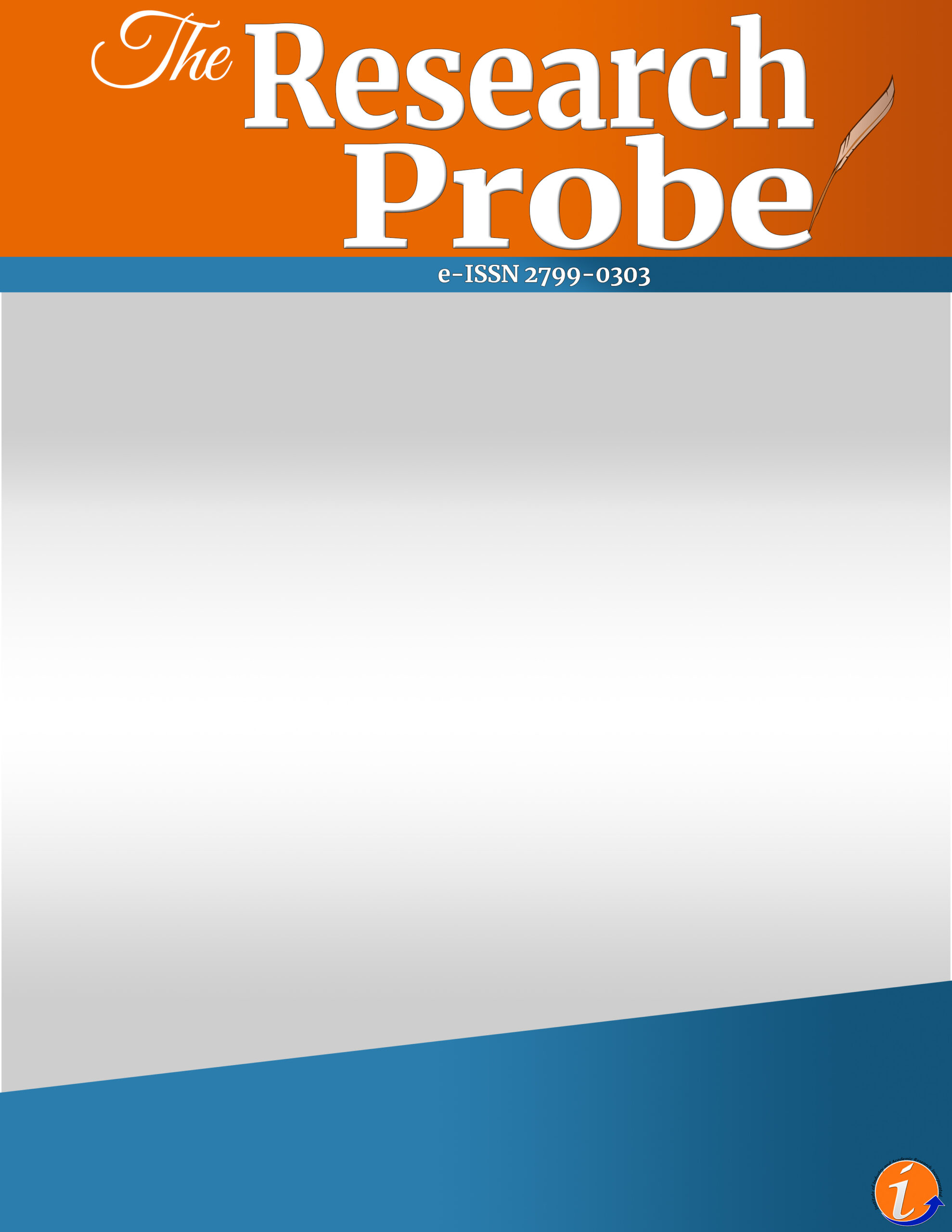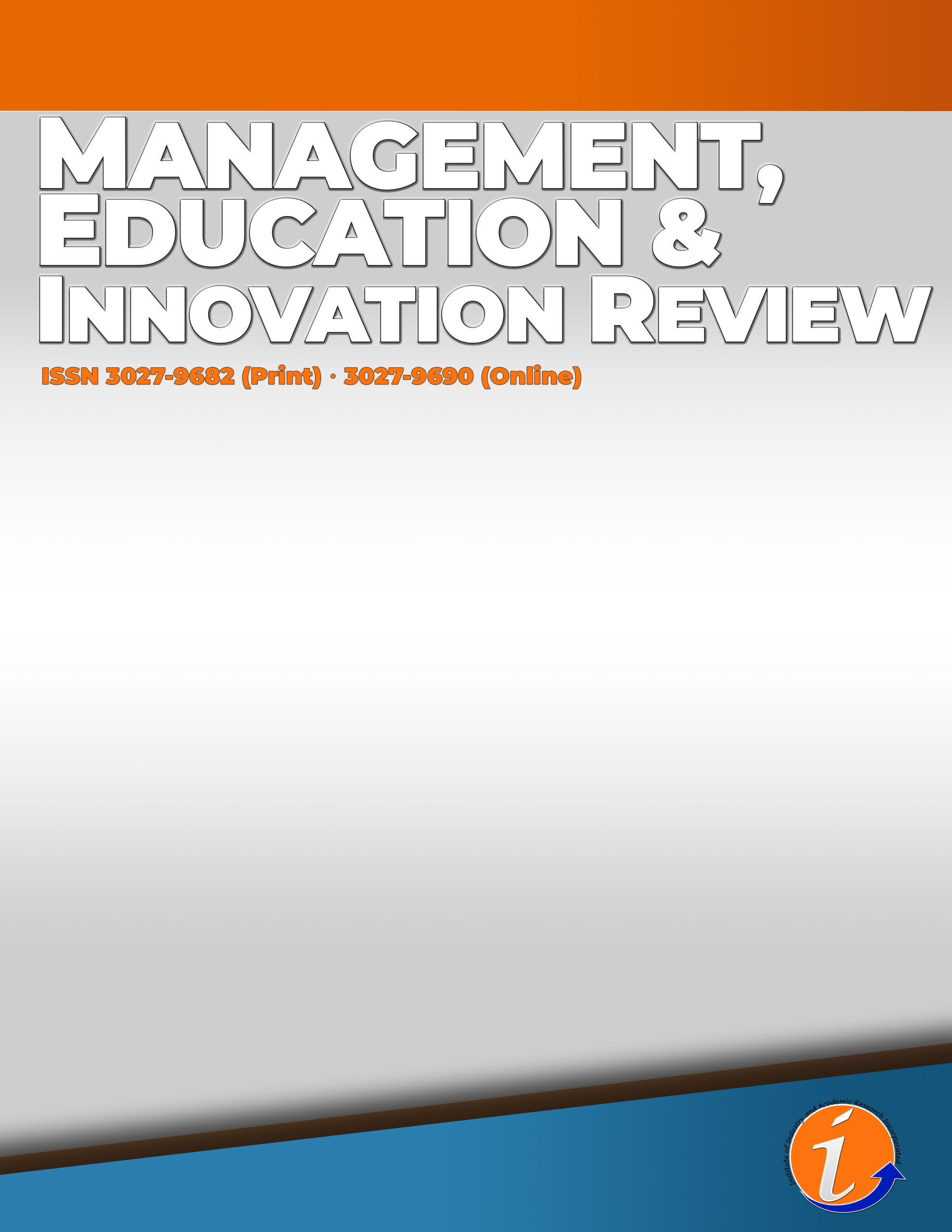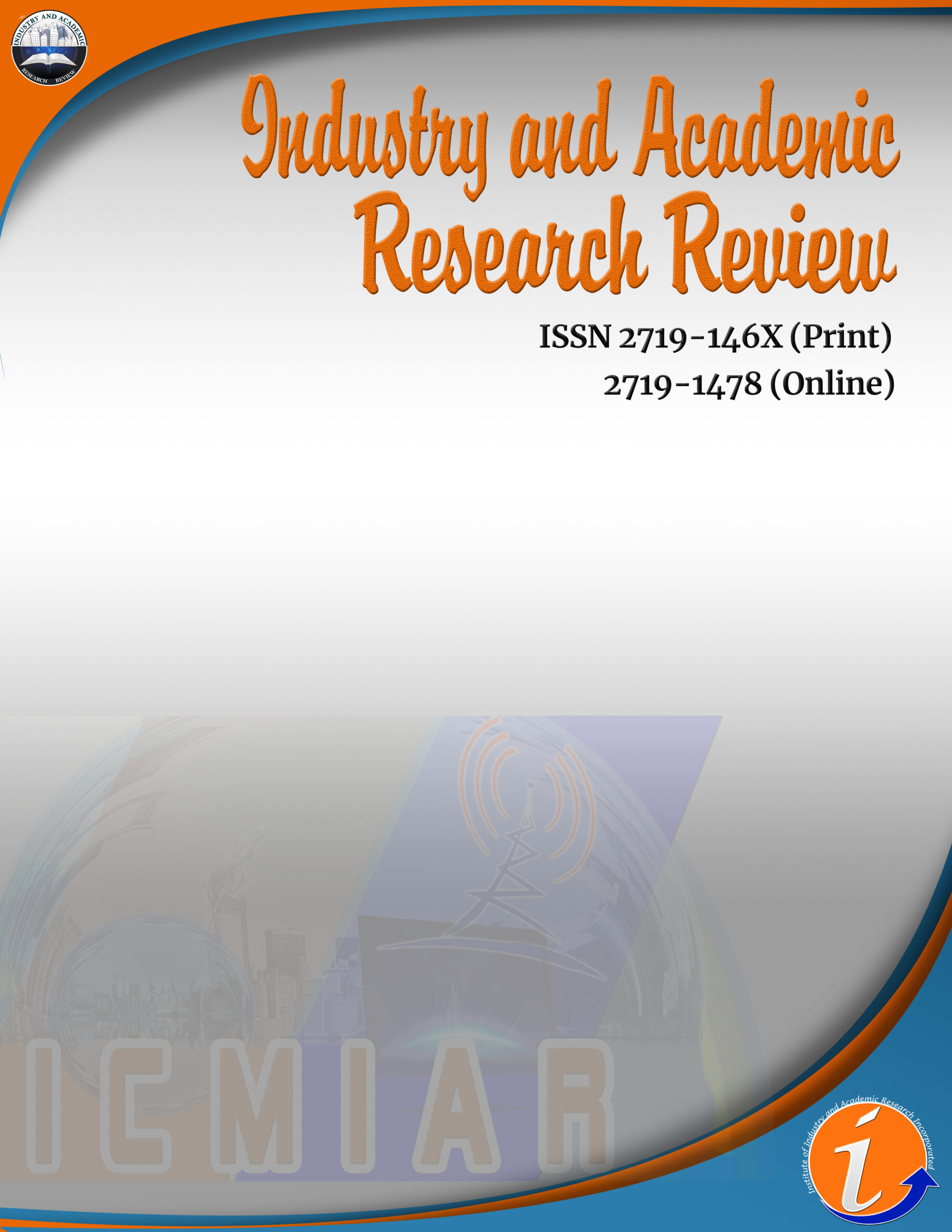The leather industry is considered as one of the most polluting industries. Moreover, synthetic leather that is plastic-based is not biodegradable and can release dangerous toxins. Plant-based leather is seen as an alternative to this product. Banana (Musa acuminata × balbisiana var. Cardaba) peel is considered as typical waste after consumption and when disposed of by local vendors and banana crisp industries. In this paper, banana peels are reinforced with fibers from a highly abundant yet underutilized snake plant (Dracaena trifasciata) to develop a novel leather alternative. Design of experiments method was employed in the study to determine the most desired formulation of the plant-based leather. Test runs were generated using Design-Expert® for optimization using quadratic modeling through Box-Behnken design under randomized Response Surface Methodology. Optimum condition of polymerizing agent (11.14% w/w), plasticizer (7.12% w/w), and fiber (1.46% w/w), with 0.992 desirability, yielded tensile strength of 3.51±0.11 N/mm2, tear strength of 42.18±N/mm, 21.59±0.10% elongation at break, and 87.07±0.13% elastic modulus. Consumer acceptability was also determined using a validated 9-point scale questionnaire (α=0.883; ω=0.934) wherein respondents strongly agree with visual acceptability (x̅=8.16±0.84), willingness to use (x̅=8.38±0.64), and willingness to substitute to animal leather (x̅ = 8.38±0.64), and agree with tactile acceptability (x̅=8.08±0.80), perceived durability (x̅=7.86±0.76), and general satisfaction (x̅=8.10±0.79). The study exhibits the potential for agricultural wastes to be upcycled into high-performing, sustainable materials further, demonstrating the capability of the fabricated plant-based material as a sustainable alternative in the leather industry.
banana peel, optimization, snake plant fiber, sustainable fashion, vegan leather
License:
![]()
This work is licensed under a Creative Commons Attribution (CC BY 4.0) International License.







